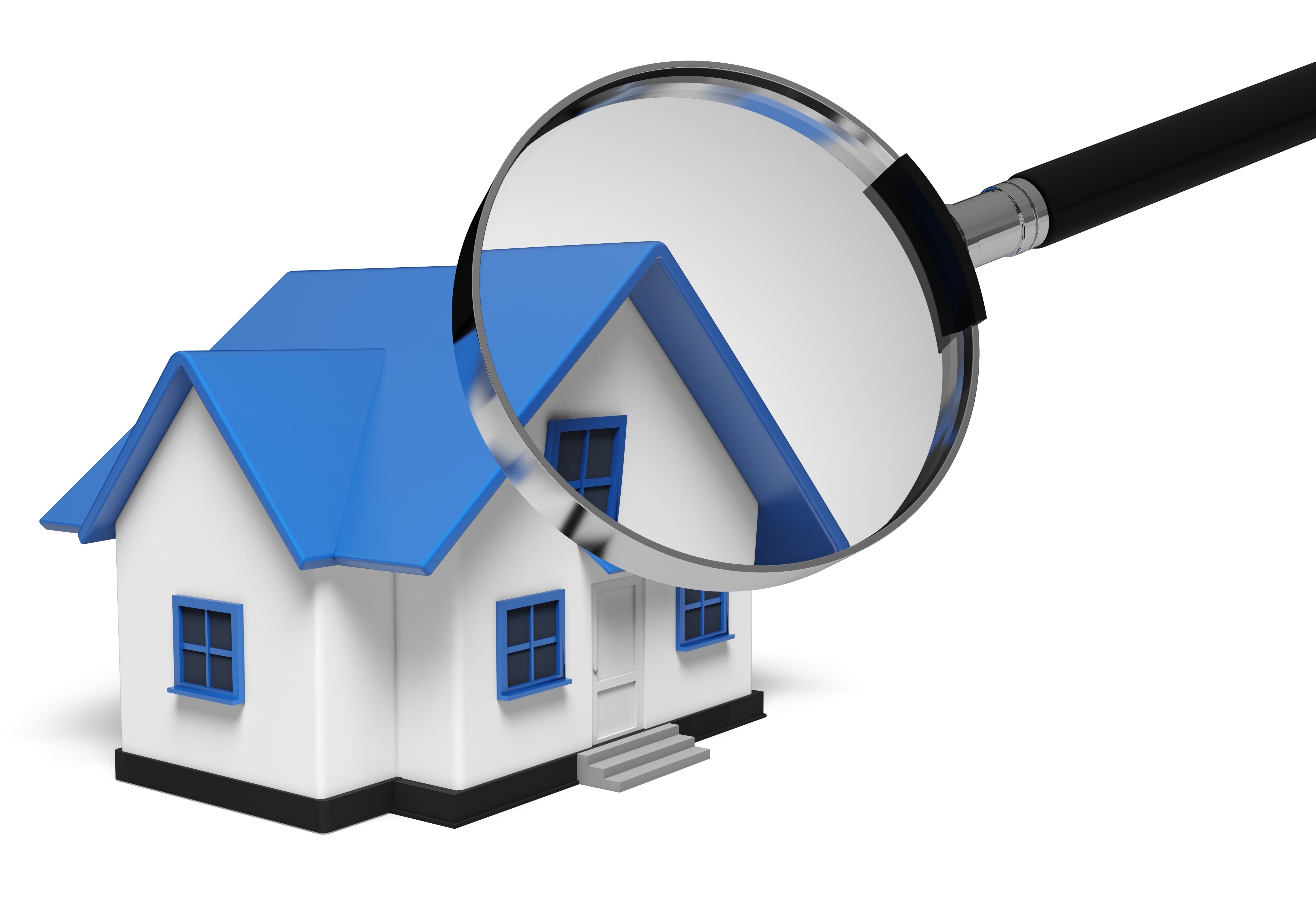
What Are the Components of an Appraisal?Purchasing a home can be the most serious investment some of us might ever consider. Whether it's a main residence, a seasonal vacation property or an investment, the purchase of real property is an involved transaction that requires multiple parties to make it all happen. Practically all the participants are quite familiar. The real estate agent is the most known face in the transaction. Then, the mortgage company provides the money required to finance the transaction. And ensuring all details of the transaction are completed and that a clear title passes to the buyer from the seller is the title company. So, who makes sure the value of the real estate is consistent with the amount being paid? This is where the appraiser comes in. We provide an unbiased estimate of what a buyer might expect to pay — or a seller receive — for a parcel of real estate, where both buyer and seller are informed parties. A licensed, certified, professional appraiser from Christopher R. Byrne will ensure, you as an interested party, are informed. Inspecting the subject propertyOur first task at Christopher R. Byrne is to inspect the property to determine its true status. We must actually see aspects of the property, such as the number of bedrooms and bathrooms, the location, and so on, to ensure they indeed are there and are in the shape a typical person would expect them to be. To ensure the stated size of the property has not been misrepresented and document the layout of the property, the inspection often requires creating a sketch of the floorplan. Most importantly, the appraiser looks for any obvious features - or defects - that would affect the value of the house. After the inspection, an appraiser uses two or three approaches to determining the value of the property: a sales comparison, a replacement cost calculation, and an income approach when rental properties are prevalent. 
Cost ApproachHere, we gather information on local building costs, labor rates and other elements to determine how much it would cost to build a property comparable to the one being appraised. This figure usually sets the maximum on what a property would sell for. The cost approach is also the least used method. 
Sales ComparisonAppraisers are intimately familiar with the subdivisions in which they work. They thoroughly understand the value of particular features to the homeowners of that area. Then, the appraiser looks up recent transactions in the area and finds properties which are 'comparable' to the property being appraised. Using knowledge of the value of certain items such as square footage, extra bathrooms, hardwood floors, fireplaces or view lots (just to name a few), we add or subtract from each comparable's sales price so that they more accurately portray the features of subject.
Once all necessary adjustments have been made, the appraiser reconciles the adjusted sales prices of all the comps and then derives an opinion of what the subject could sell for. When it comes to valuing features of homes in Conway and Horry, Christopher R. Byrne is your local authority. This approach to value is most often awarded the most importance when an appraisal is for a real estate sale. Valuation Using the Income ApproachIn the case of income producing properties - rental houses for example - the appraiser may use a third method of valuing real estate. In this situation, the amount of revenue the real estate produces is taken into consideration along with other rents in the area for comparable properties to give an indicator of the current value. ReconciliationCombining information from all applicable approaches, the appraiser is then ready to put down an estimated market value for the property at hand. It is important to note that while the appraised value is probably the most reliable indication of what a property is worth, it probably will not be the final sales price. It's not uncommon for prices to be driven up or down by extenuating circumstances like the motivation or urgency of a seller or 'bidding wars'. Regardless, the appraised value is often employed as a guideline for lenders who don't want to loan a buyer more money than they could recover in case they had to put the property on the market again. It all comes down to this, an appraiser from Christopher R. Byrne will guarantee you attain the most fair and balanced property value, so you can make wise real estate decisions. |